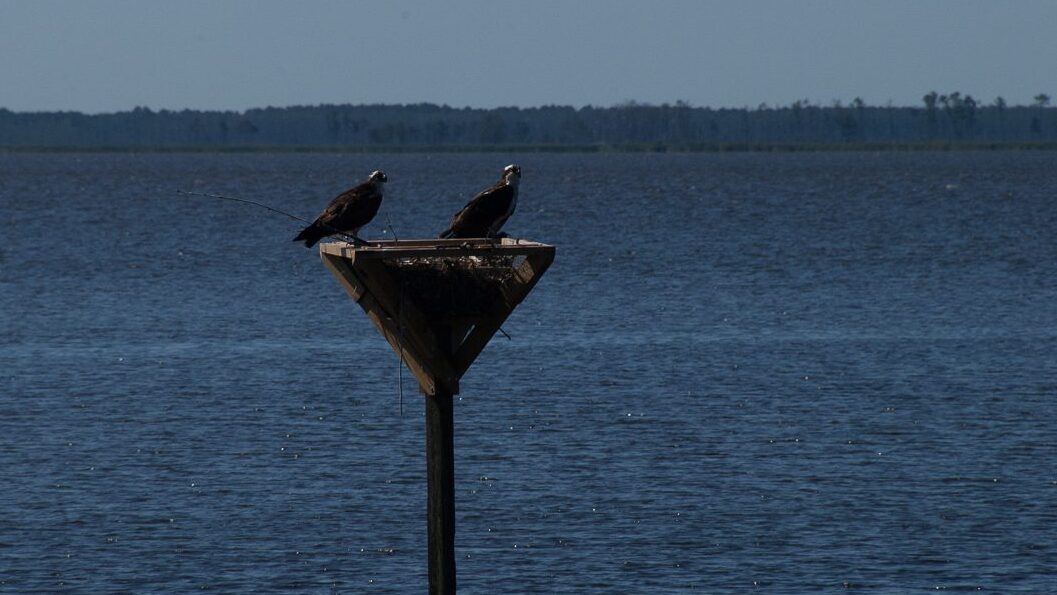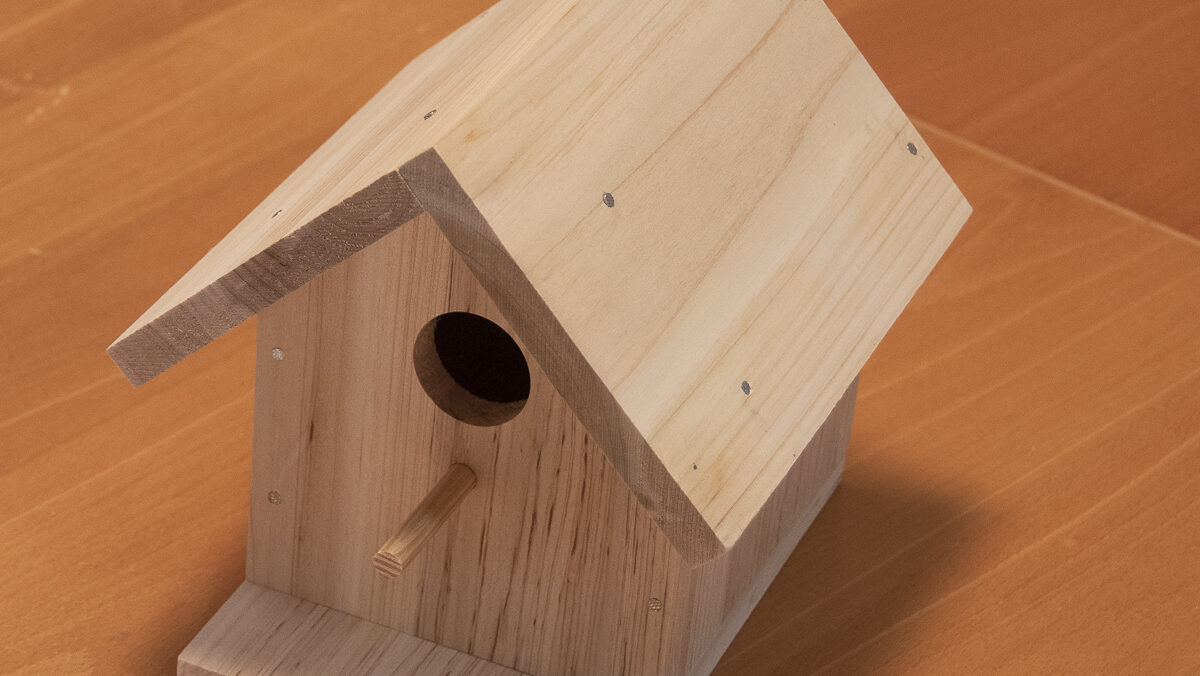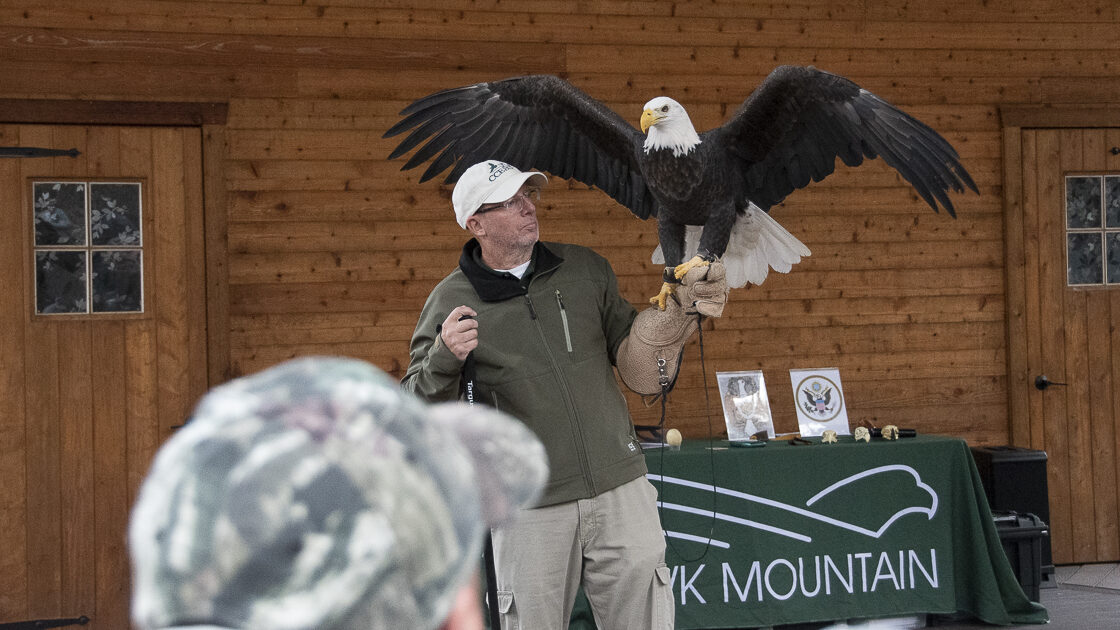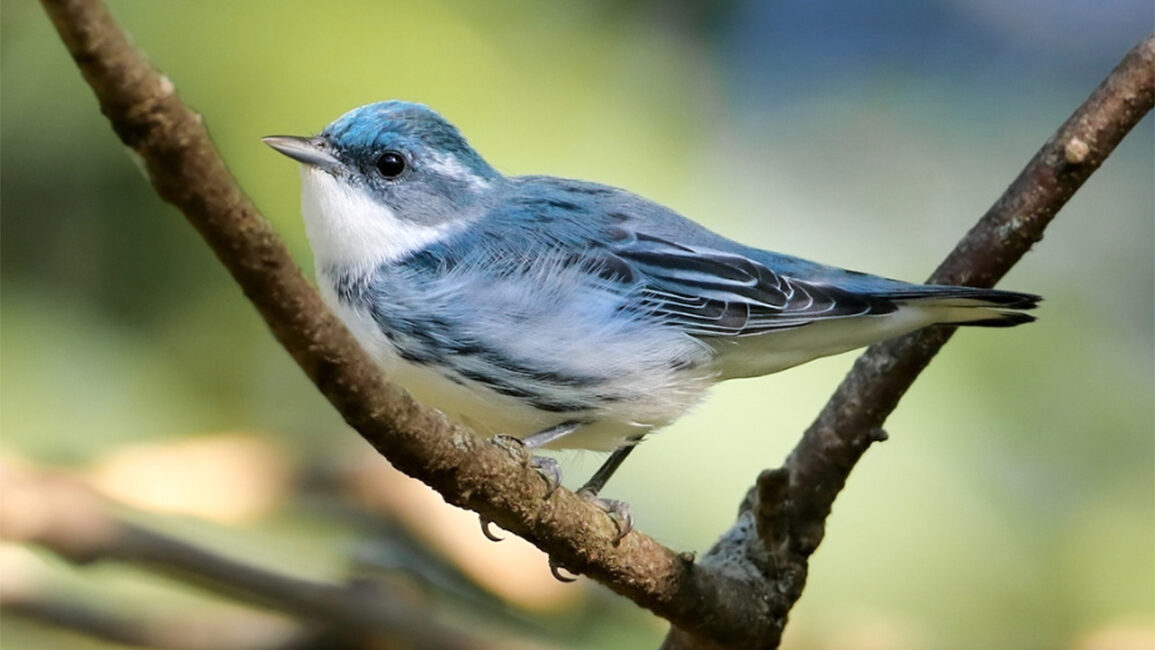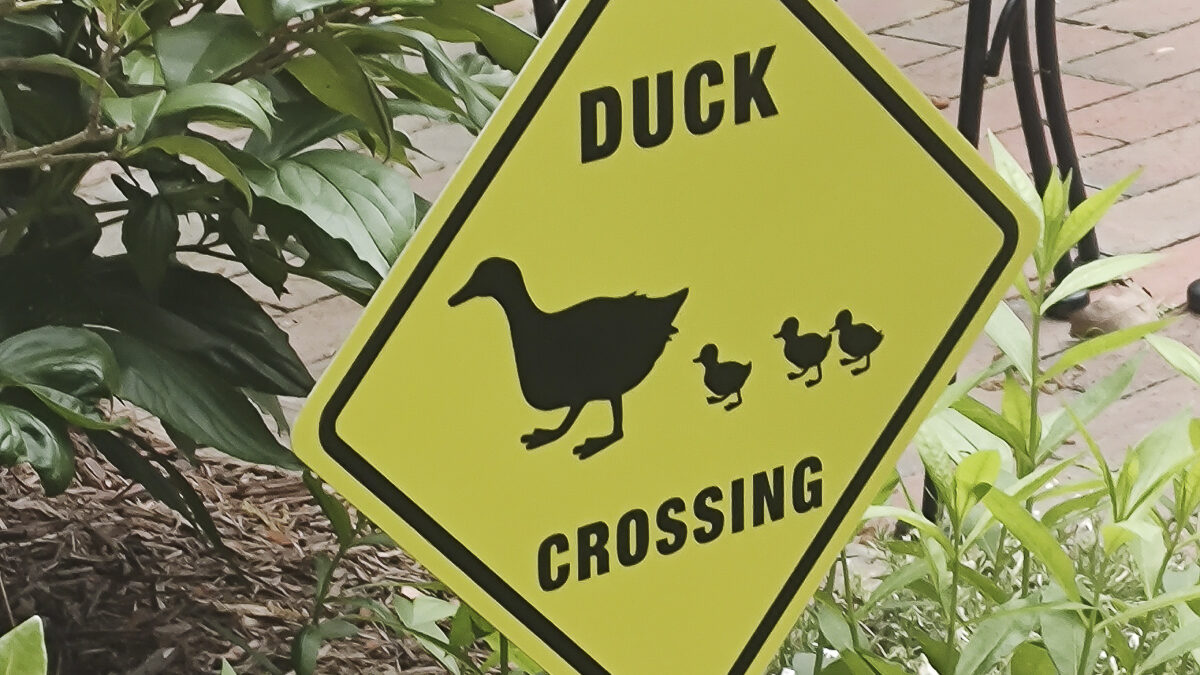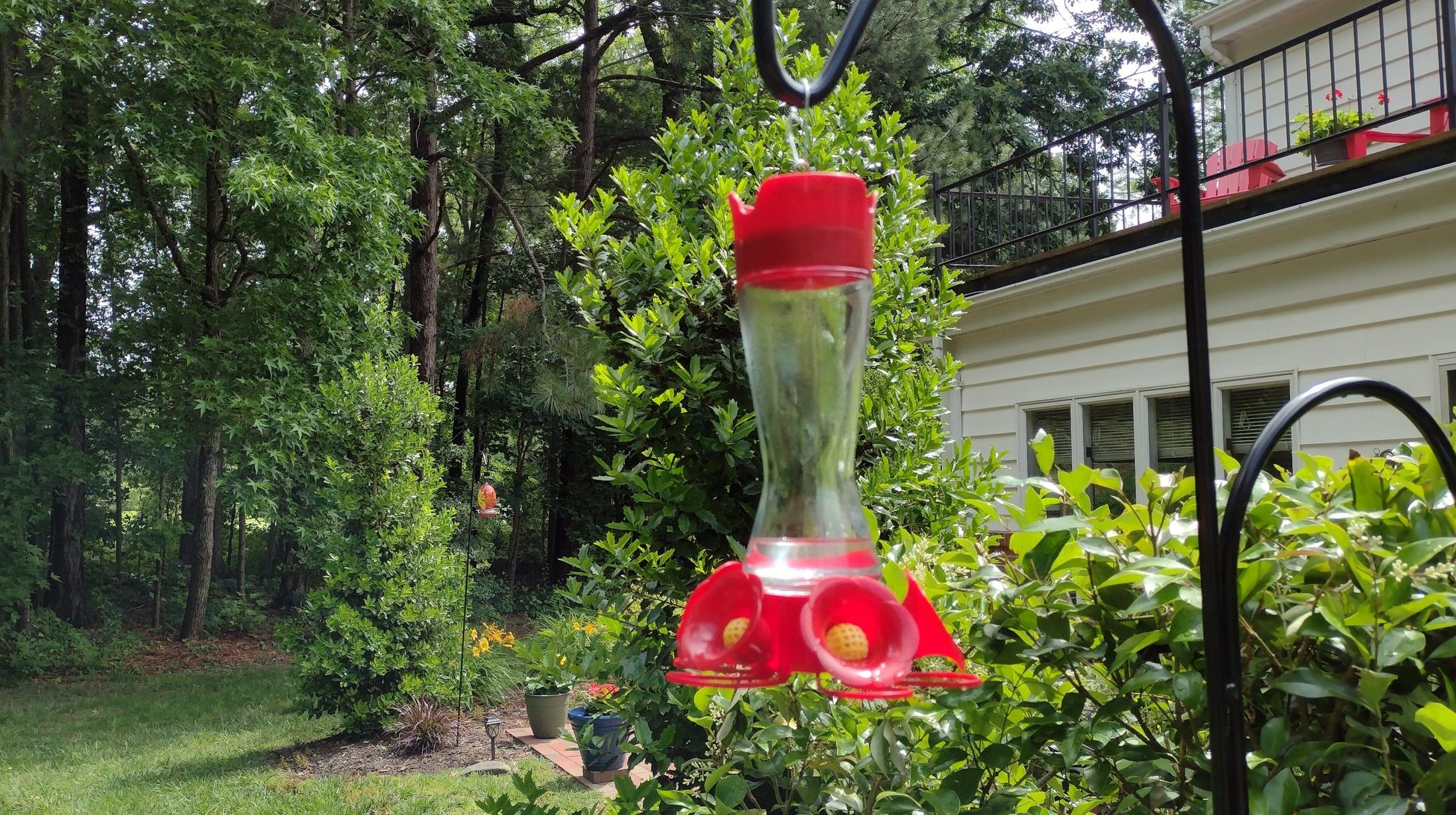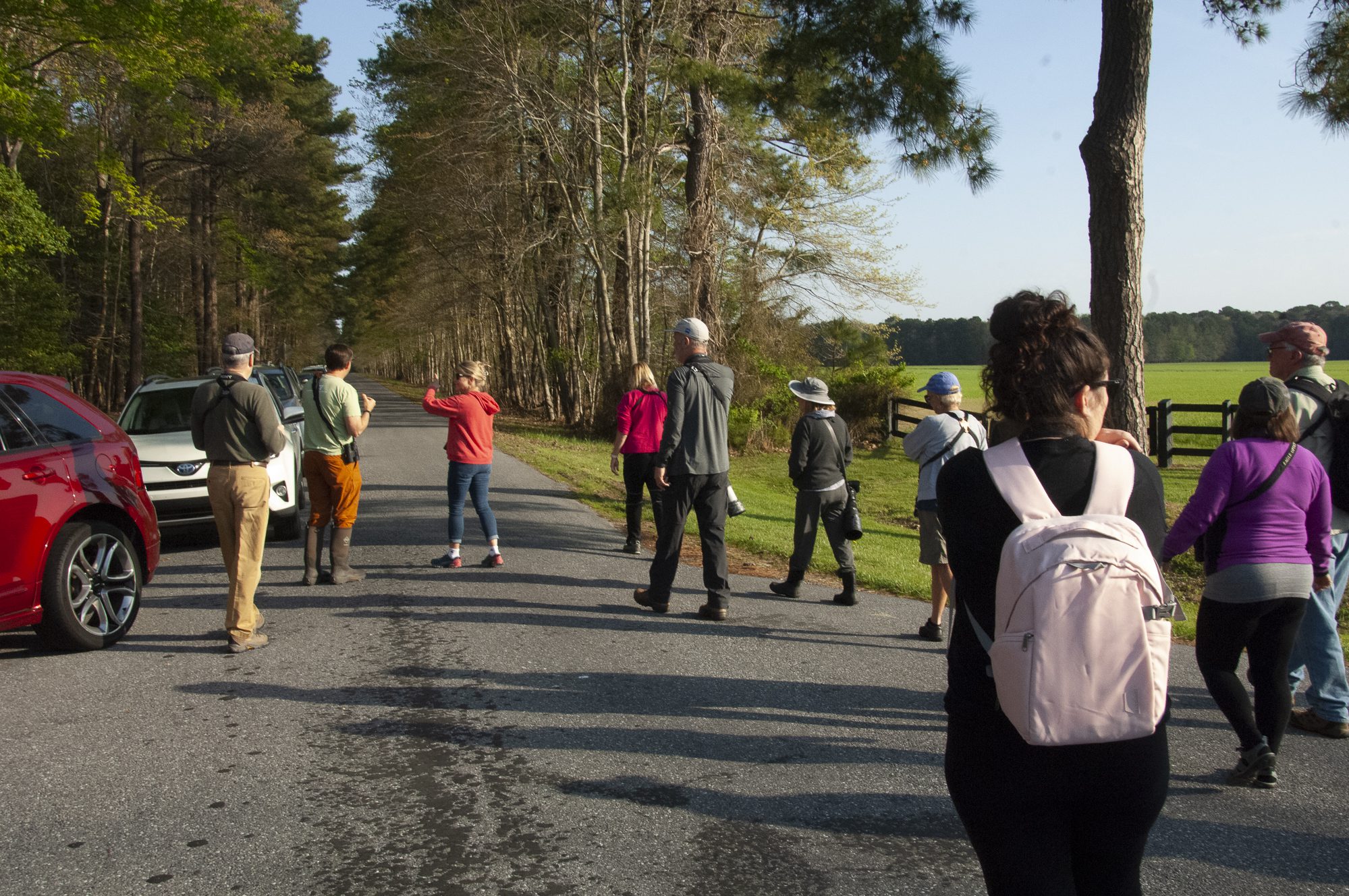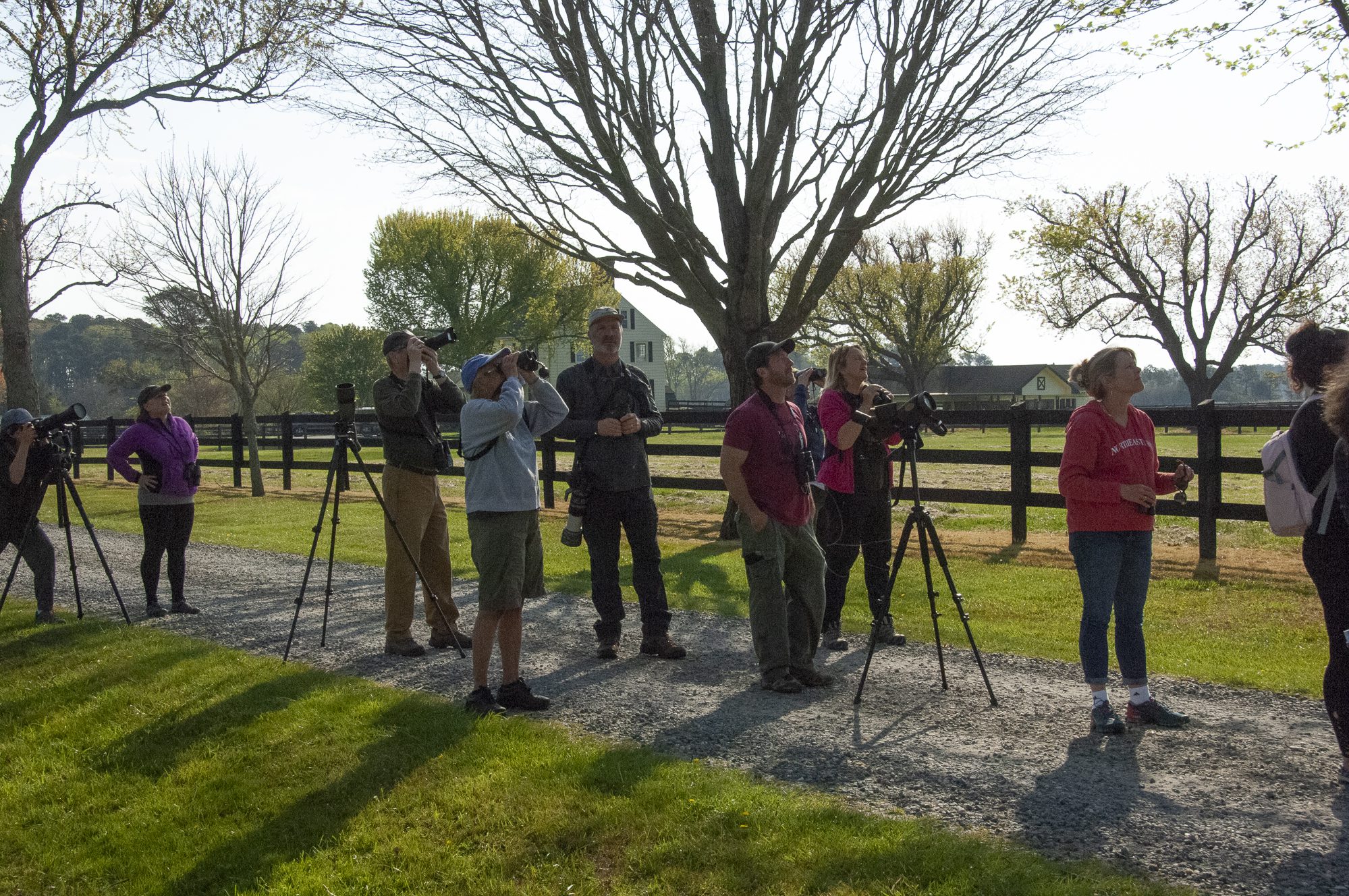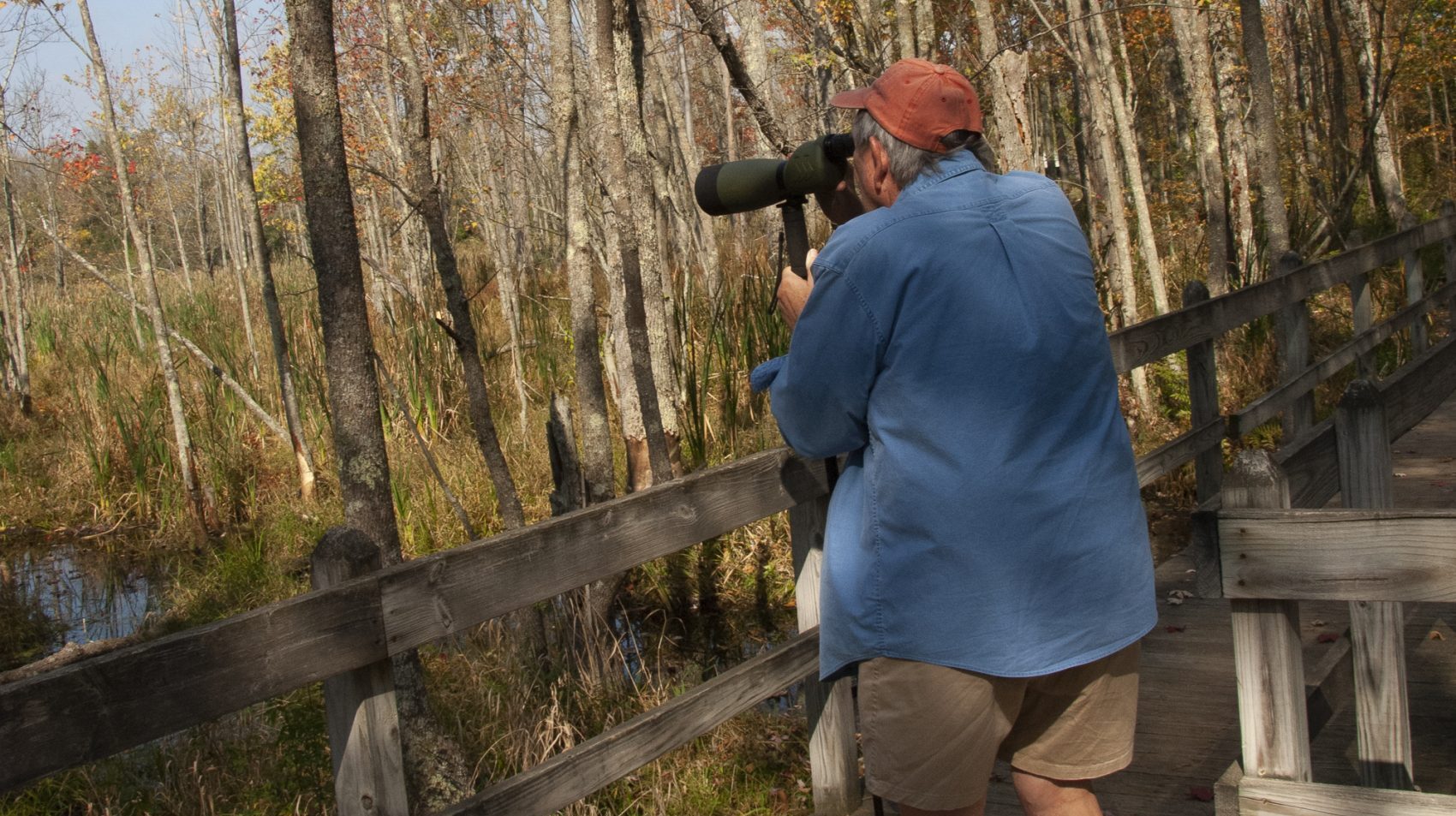Birds and waterfowl head South from their breeding to wintering grounds
In North America billions of birds fly south from the north in search of warmer weather to nest and thrive. According to the American Bird Conservancy they use one of four pathways: the Atlantic, Mississippi, Central and Pacific Flyways. As weather conditions change and trees lose their leaves birds look for new nesting locations. Colder weather makes food sources like insects scarce so birds search for food and shelter.
Birds commuting South use four established Flyways
Flyways are migration routes where you often see a flock of migrating birds and waterfowl filling the sky as they ban together headed in the same southerly direction. These flyways are not carved in stone and can depend on conditions. While the conventional wisdom says migration begins in the middle of September and runs through early December, birds don’t use a calendar. They get their cues and head south when food becomes scarce and move from their breeding to wintering grounds.
The Atlantic Flyway extends from Greenland to South America and the Caribbean along the eastern seaboard and Mid-Atlantic states which can include forests, beaches, and coastal wetland.
The Mississippi Flyway extends from the headwaters of the Mississippi River to the Gulf of Mexico including the Great Lakes area in the U.S. and Canada to South and Central America via the Gulf of Mexico.
The Central Flyway goes from the Great Plains states of the U.S. and Canada to the Gulf of Mexico including the Rocky Mountains, Great Plains, arid Southwest, and western Gulf Coast.
The Pacific Flyway travels the Pacific Ocean coastline from Alaska in the U.S. to Patagonia in South America from the Arctic tundra to South American wetlands.
Find migrating birds near you
In a recent press webinar hosted by the American Bird Conservancy bird experts suggested areas to see migrating birds and waterfowl.
In Washington the Potholes State Park is a landing spot for many birds said Lindsay Adrean, Northwest Program Officer. McNary National Wildlife Refuge is a good spot that extends along the east bank of the Columbia River in southeastern Washington, from the confluence of the Snake River to the mouth of the Walla Walla River, and downstream into Oregon.
Liz Brewer, Appalachian Mountains Joint Venture Outreach Specialist said bird migration in the Appalachian area occurs primarily from New York to Alabama between late September and October. She suggested the Greenbrier Valley and Allegheny mountains in West Virginia and the Cumberland Mountains and Pine Mountain State Park in Kentucky, home to the Cumberland Plateau which hosts species found nowhere else in the state.
In Texas Anna Matthews, Oaks and Prairies Joint Venture Coordinator said the Central and Mississippi Flyway have a cross convergence of birds funneling through the areas. and the Mitchell Lake Audubon Center is a popular location to see migrating birds.
Kristen Vale, Texas Coastal Program Coordinator suggested the new interactive driving tool of the region Great Texas Wildlife Trails. She mentioned Aransas National Wildlife Refuge in Austwell is best known as the wintering home of the last wild flock of endangered whooping cranes and a diversity of wildlife.
TIP Our firsthand experience using binoculars for birding: When you’re birdwatching, use binoculars on a monopod to steady the view. With binoculars mounted on a monopod – a one legged support that screws into the bottom of binoculars – it’s easy to carry, set down, grab a view and then pick up and walk away to the next viewing opportunity.
Day and Night – Birds are on the move
We know different species travel during the daylight hours, but others are nocturnal and fly from sunset through the night. The bright lights on city buildings can confuse these birds who navigate the night sky. Too often birds die flying into windows or buildings when disoriented by the lights.
Audubon has Lights Out, a program to reduce the problem by convincing building owners and town managers to turn off excessive lighting during migratory months. At the website you’ll find two form letters to send to your local town manager and one to a building manager to show your support. Plus turning lights down or off saves energy.
Online Tools help track and explore birds migration
The online world of apps makes it easy and enjoyable to be part of bird migration near where you live. Two bird migration tools let you explore the path of birds on their migratory journey in your area.
Bird Cast is a collaboration of the Cornell Lab of Ornithology, Colorado State University and the University of Massachusetts Amherst. The tool predicts a peak bird migration night so you can check locally, listen out your window and look to the skies both day and night to see migrating birds. Its new Migration Dashboard reveals bird movements in localized detail at the county level in near-real time.
The Bird Migration Explorer created by Audubon and nine founding partners is a new online tool featuring a colorful map of routes of thousands of birds. Choose a species and learn where the species travels throughout the year and the challenges it encounters.
Both of these tools take a bit of time to become familiar using but it’s time well spent to learn how to track, follow and predict where birds migrate between their breeding and wintering grounds.
Are you a Bird Lover? If you are looking for remarkable limited edition prints, original artwork and books about birds, take a look at the work of Julie Zickefoose at her website www.juliezickefoose.com. We recently had the good fortune to meet Julie and share our enthusiasm for her expertise and artwork. If you read BWD magazine, the new Bird Watcher’s Digest, you’ll see the lovely cover art on the July/August 2022 edition is by Julie.
You might also be interested in:Gene and Katie Hamilton are long-time writers about using binoculars for boating, bird watching, stargazing and traveling. They are members of the Outdoor Writers Association of America.
Post Views: 1,679
|

